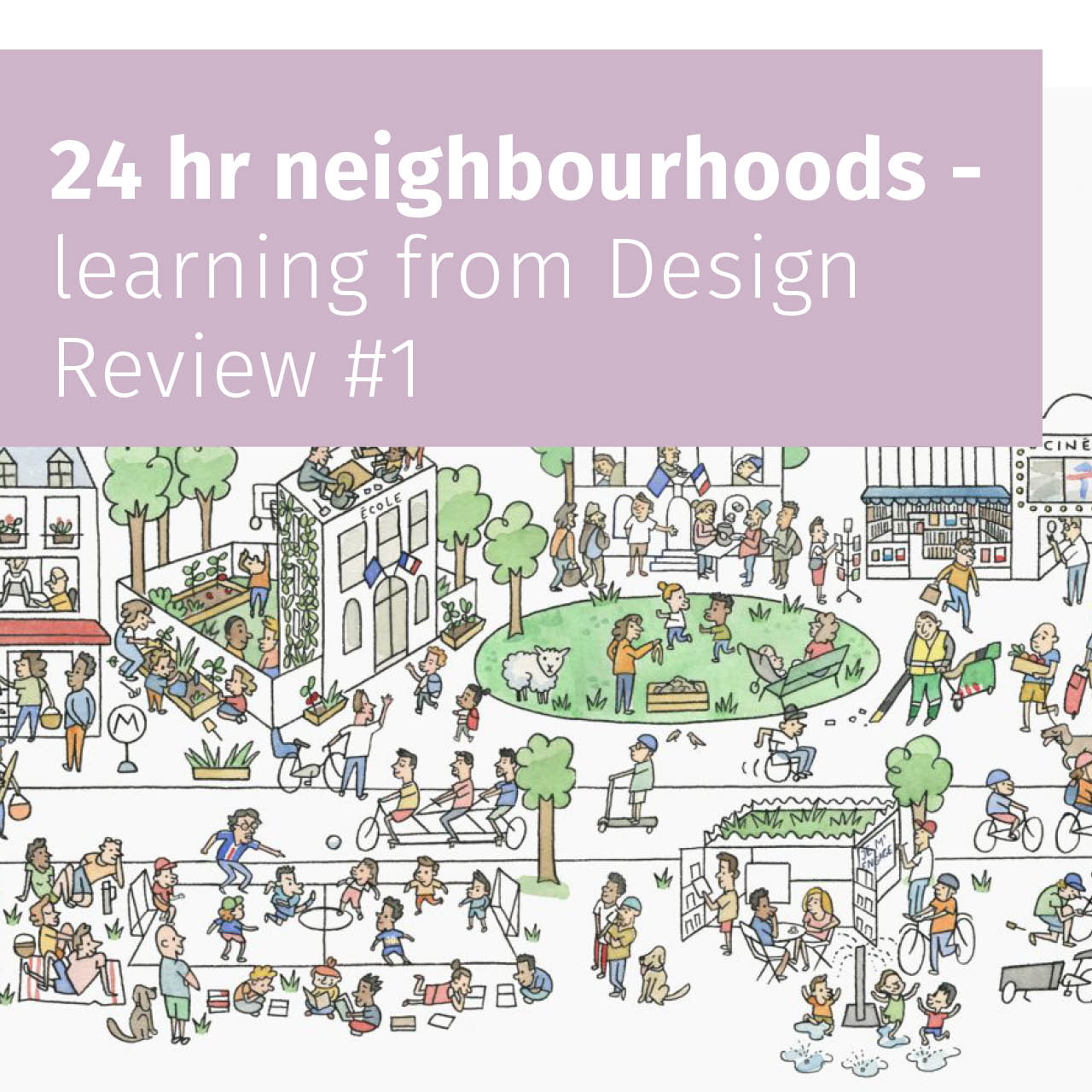
Working from home has increased the density of people around in residential areas during the day. This has more than doubled with people potentially having more time to spend outdoors, in their communities or with friends and families. There are opportunities to rethink the ingredients of suburban neighbourhoods shaping healthier active and more socially and economically dynamic places. Before the coronavirus pandemic 12% of adults worked from home, this rose to 38% during the pandemic and whilst hybrid working (working at home and at a usual place of work) has now increased, 38% of workers are still spending all or some of the working week at home. (Is hybrid working here to stay? ONS 2022).
The potential for a positive relationship between place and health continues to be central to how we think about neighbourhoods. In England the NHS published Putting Health into Place (2019) with the TCPA drawing on research into healthy new towns. It identified 10 principles for healthy places – including maximising active travel, inspiring and enabling healthy eating and enabling healthy play and leisure. It also highlighted the importance of assessing local health care needs and assets and creating integrated health and wellbeing centres in new development.
The report People Place Health (2022) (developed by Arup for the Bevan Commission) looks at the future of health and care in Wales. It identifies how place is instrumental in a ‘health and care ecosystem’. Only 10% of the factors driving health inequalities in Europe are attributed to health care (World Health Organisation 2019). The external factors are air quality, active travel, access to good education, employment and to nature. The report recommends a shift to a preventative model focused on prevention and ‘personal ownership’ of health.
This idea of personal ownership implies the need for free to use opportunities to maintain good health close to where people live. People Place Health draws on the Parisian 15 Minute Neighbourhood that captured people’s imaginations during the Covid 19 pandemic influencing how the West of England Placemaking Charter developed.
The TCPA’s guide to 20-Minute Neighbourhood (2021) brings together learning from the experience of implementing 20 minute neighbourhoods in Paris, Melbourne and Portland, setting out the key features of healthier, active and prosperous neighbourhoods.
Alongside the principles of compactness, greenness and accessibility this highlights the important role of schools, local jobs and the importance of creating multi-generational spaces. The document sets out to inspire planners and those involved in placemaking providing useful links to a wide range of sources.

Features of 20 Minute Neighbourhoods, TCPA